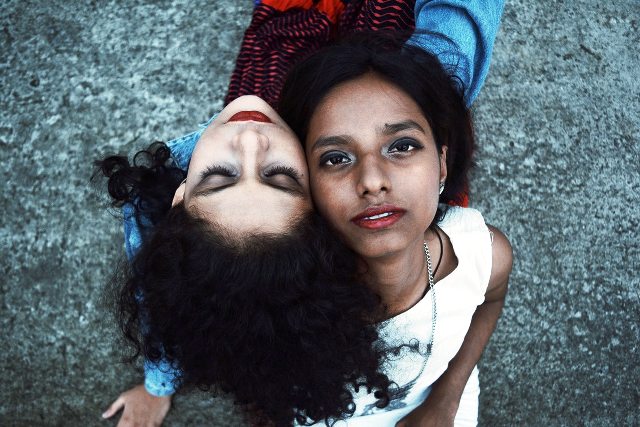What does it actually mean to be an LGBT person? How much do young people who identify as gay, lesbian, bisexual or trans have in common? Even if the terms LGBT and LGBTQ (Lesbian, Gay, Bisexual, Transgender, Queer) are used to refer to the LGBTQ community as a whole, it is important to remember that this is not a homogenous group. There are many differences within and between the separate queer categories.
Gender identity
The use of the queer categories homosexuality, bisexuality and heterosexuality generally implies that there are two sexes, men and women. Homosexual people fall in love with or are attracted to people of the same sex as themselves. Bisexual people fall in love with or are attracted to people of both sexes and heterosexual people fall in love with or are attracted to people of the opposite sex. Terms that refer to sexual preference are distinct from terms that concern gender identity. Simply put, everyone has a sexual preference, but everyone also has a gender identity.
Trans terms
Trans is a term that refers to people whose gender identity and/or gender expression always or periodically is different from the biological sex they were registered as at birth (trans is Latin for ‘beyond or across’). A trans person can, for example, be a person who is registered as biologically and legally male but who self-identifies as something else.
Trans people is an umbrella term for a queer group that encompasses many subgroups and there are many ways to be a trans person. The term is most often used to refer to transsexual people, transvestites, intersexual people, and people who define themselves as transgendered or intergendered.
Decoding queer labels
1. Transsexual
A person whose gender identity is not the same as the biological sex and/or the legal sex that they were registered as at birth, and who wants to completely or partially change their body to conform with their gender identity through surgery, hormonal treatments, or some other method.
2. Transvestite
A person who sometimes or always – completely or partially – dresses in and uses attributes that are usually seen as belonging to persons of another gender.
3. Transgender
A person with a gender identity that does not conform to a traditional male or female identity. The term can stand for a gender identity that cannot be understood through the dichotomy of male/female genders.
4. Intergender
Intergendered people define themselves as existing between or outside of the traditional gender categories.
5. Intersex
People are medically diagnosed as intersex when their biological sex cannot be defined as strictly male or female.
Does this clear at least some of the queer confusion?
This article is part of a series on the LGBTQ movement in India.


